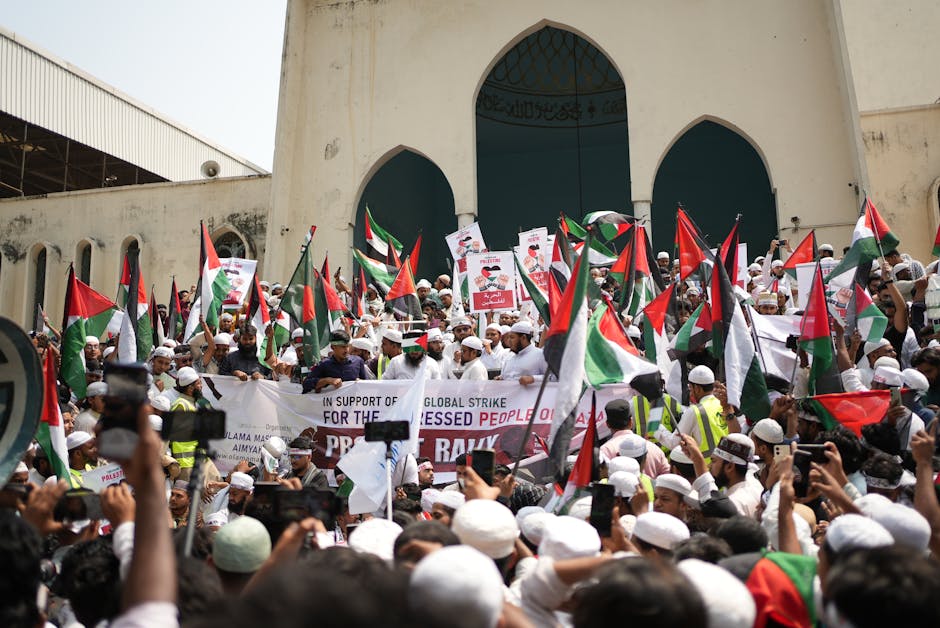By Avinash Pratap Singh, Senior Correspondent, NextMinuteNews
BEIRUT – The fragile quiet along the volatile Israel-Lebanon border was shattered on Tuesday as Israeli strikes killed four people inside Lebanese territory, a stark new Lebanon ceasefire breach that pushes the region closer to a wider war. The attack, which targeted a vehicle near the southern city of Tyre, marks a grave escalation in a conflict that has simmered dangerously for months.
Lebanese state-run media confirmed the fatalities, reporting that the strike incinerated the vehicle, making immediate identification of the victims difficult. This incident is one of the deadliest in a relentless series of cross-border attacks between the Israeli Defense Forces (IDF) and the Iran-backed militant group Hezbollah. While the IDF has not yet issued a detailed statement on this specific strike, it routinely states that its operations target Hezbollah assets and personnel in response to attacks on northern Israel.
UN Ceasefire Under Threat
This exchange is more than just a tit-for-tat; it is a fundamental breach of a United Nations-brokered ceasefire that has largely held since 2006. UN Security Council Resolution 1701, which ended the 34-day war between Israel and Hezbollah, mandated the withdrawal of Israeli forces from Lebanon and the disarming of non-state actors south of the Litani River. For years, this resolution has been the bedrock of a tense stability that now appears to be in tatters.
Escalating Cross-Border Hostilities
Since October 8th, the day after the Hamas-led attack on Israel, Hezbollah has launched rockets, drones, and anti-tank missiles into northern Israel, declaring its actions as a “support front” for Palestinians in Gaza. Israel has responded with overwhelming force, conducting airstrikes and artillery shelling that have pummelled southern Lebanese villages.
The conflict has already displaced over 90,000 people in Lebanon and more than 60,000 in Israel, turning a once-inhabited border region into a desolate free-fire zone. What is deeply concerning for international observers is the gradual but undeniable escalation. Initially confined to the immediate border area, Israeli strikes have recently pushed deeper into Lebanon, targeting Hezbollah commanders and infrastructure far from the UN-demarcated “Blue Line.”
Fears of a Full-Scale Regional War
This slow-burn conflict is stretching the region’s diplomatic and security architecture to its breaking point. International mediators, including the United States and France, have been scrambling to broker a diplomatic solution to prevent an all-out war, which would be catastrophic for both nations. A full-blown conflict would dwarf the devastation of 2006, likely drawing in regional powers and causing widespread economic and humanitarian fallout.
Tuesday’s strike, which claimed four more lives, serves as a grim reminder that the window for diplomacy is closing. Each casualty hardens positions and fuels calls for retribution, making it increasingly difficult for leaders on either side to back down. As the smoke clears over southern Lebanon, the urgent question is not whether the ceasefire has been breached, but whether it can be salvaged at all.




